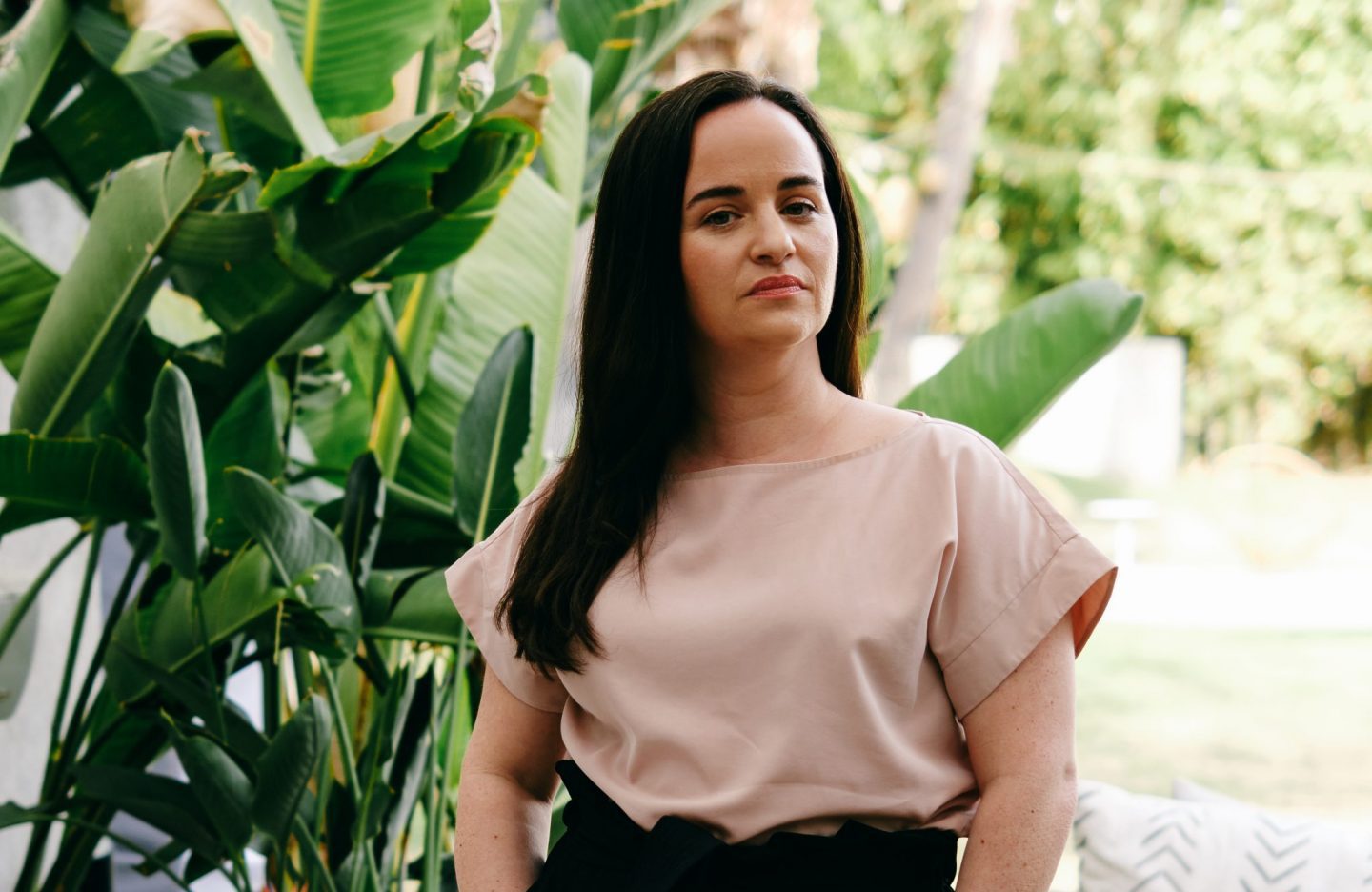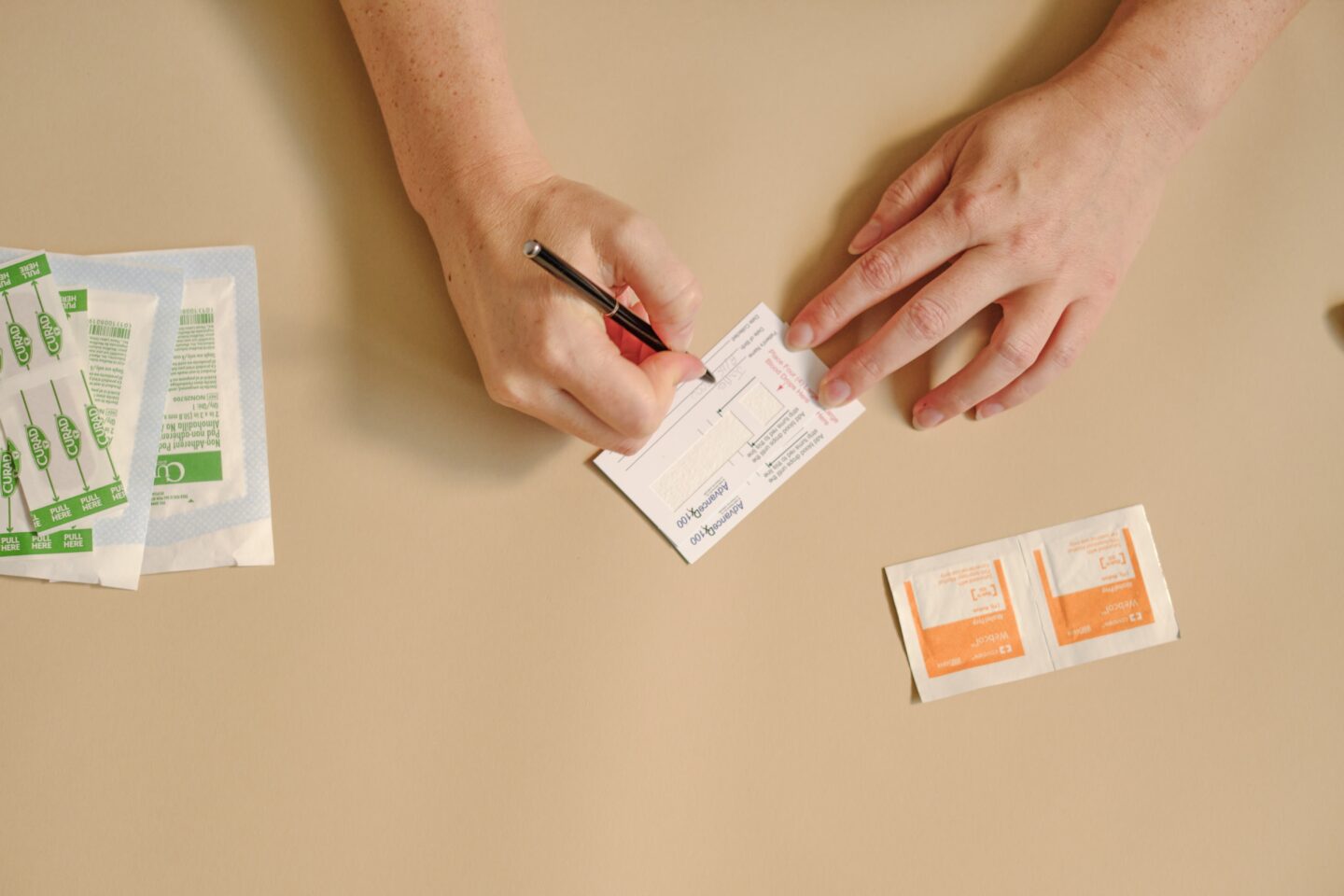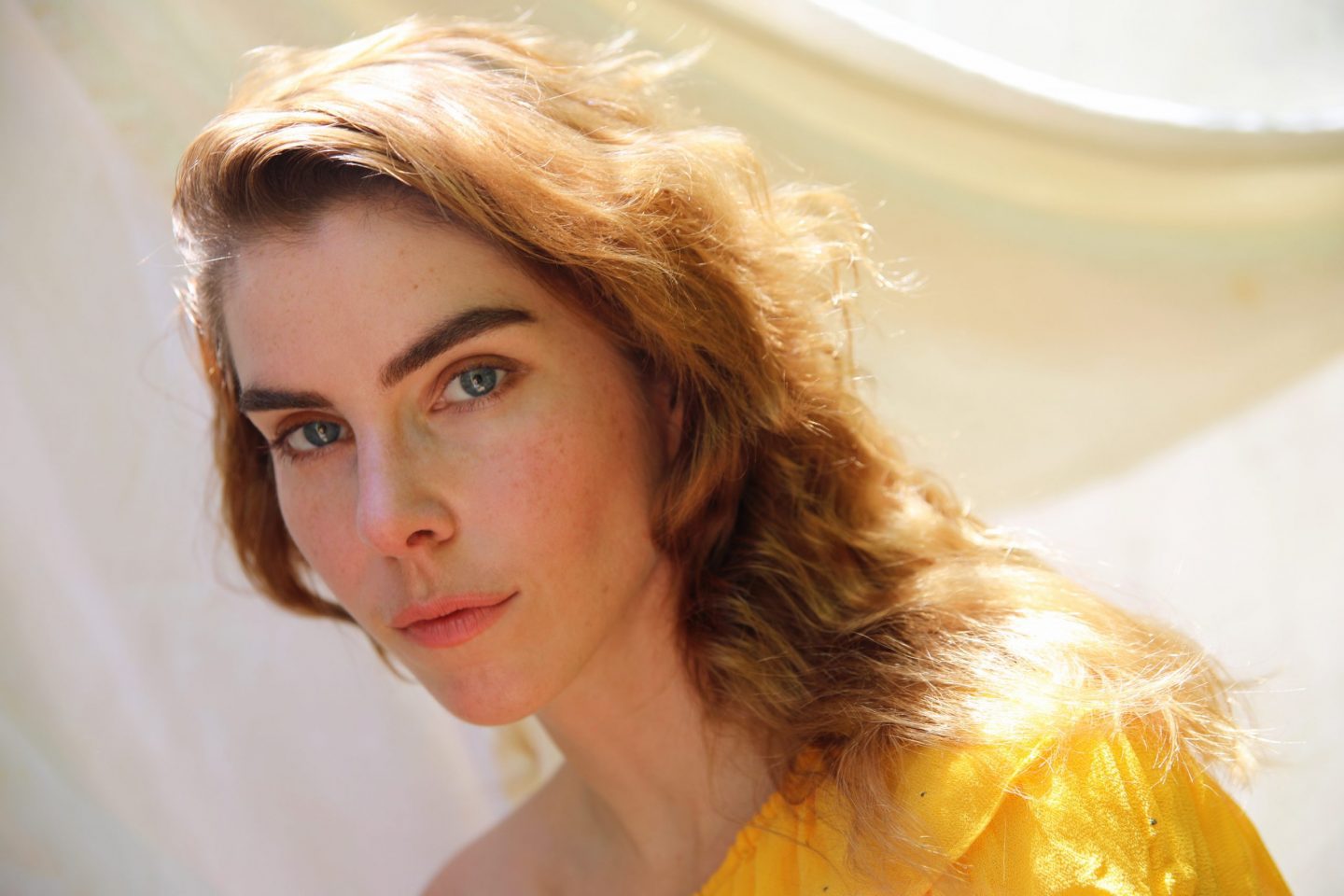Choosing the right for your body is no easy task — especially when it often comes with negative and unexpected side effects.
adyn CEO and founder Elizabeth Ruzzo knows firsthand just how difficult the experience can be. That’s one reason among many she decided to found adyn, with a greater mission to close the medical research gap and make selection more personalized and precise.
As of 2019, 65% of women ages 15-49 in the United States are currently using some form of . That significant portion of the could all benefit from smarter prescriptions.
A member of the team sat down with Elizabeth to discuss adyn’s mission, her extensive experience in the field, and who will directly benefit from adyn’s Birth Control Test.
Q: Tell us about adyn’s mission.
adyn’s mission is to make scientific discovery more inclusive, so everyone lives their healthiest life.
Our vision is to be earth’s most inclusive and patient-centric company. We are living in the age of the “medical research ”— a disparity that exists because the vast majority of biological literature is based on studies of males. Research shows that achieving gender equality in science and medicine will improve the standard of care and long-term health outcomes, not just for women, but for everyone.
Wow! How did you become interested in precision medicine?
When I was 12 years old, I was tested to find out if my contained a genetic mutation that I would pass on to my future children. Looking back on this, I can’t believe I was tested at this age.
Did I want kids? Had I been a carrier, would I have understood the implications of future family planning? Would I have started saving for IVF to prescreen embryos? This experience made me fascinated with genetics and I’ve been preoccupied with understanding the genetic cause of human disease ever since.
Q: On how Elizabeth got started
I was able to study genetics during my undergrad at University of Washington which is one of the top five universities for genetics and bioinformatics.
I went onto graduate school to learn even more about genetics and genomics. I was there at this really amazing time in the history of genetics. You may have heard of The Human Project, which read nature’s complete genetic blueprint for building a human. This project started in 1990, and we didn’t have the first draft of the human until 2001.
So it took 11 years of work by dozens of scientists to sequence and assemble this first draft of the human . When I started graduate school, it coincided with the advent of a new technique called next-generation sequencing—this meant that we could suddenly sequence an entire and assemble it in a matter of days not years.
A lab at University of Washington made the first discovery using next-generation sequencing, and my lab at Duke University made the second discovery. Over the next 10 years, I worked with many other brilliant scientists and together we discovered over 40 regions of the associated with specific human diseases. I learned how to analyze big data by computing on the cloud and the power of machine learning. I created novel approaches for understanding patterns of variation in the human that are associated with disease.
Q: On and precision medicine
When I was researching , we spent a lot of time thinking about how we could first identify which (amongst dozens of known s) caused in a given patient’s , and then help determine which anticonvulsant drug would be best for managing that patient’s .
This was the first time I used (aka precision medicine)—the use of an individual’s unique biology to tailor treatment and improve health outcomes.
Q: On autism and gender bias in research
When I was researching autism, we spent a lot of time thinking about the sex bias in this disease—four times as many males as females are diagnosed with autism. How much of this sex bias was societal (biases in the diagnostic tools) and how much of it was biological (and what were these biological mechanisms)?
In studying the autism sex bias, I couldn’t ignore the glaring gaps in knowledge cause by the medical research . My favorite quote on this topic comes from Dr. Janine Austin Clayton, associate director for women’s health research in the U.S. National Institutes of Health, who says, “We literally know less about every aspect of female biology as compared to male biology.”
Q: On research bias
Regardless of which disease I was researching, I repeatedly encountered challenges when studying non-European populations. Similar to our gaps in knowledge from studying only male subjects, the bulk of genetic studies have been conducted in European populations.
This means that we are great at predicting the frequency of certain genetic s in European populations, but terrible at doing so in non-European populations. Not only do these biases do a disservice to all understudied populations, but they mean we collectively understand less about the underlying biology of any trait or disease shared between populations.
I founded adyn because I realized that my decade plus of research experience puts me in a unique position to try to close these knowledge gaps and use precision medicine to achieve . By partnering with individuals who are traditionally underserved by our healthcare systems, adyn seeks to provide medically actionable scientific insights to empower individuals from all communities to be proactive about their healthcare and live their healthiest life.
I founded adyn because I realized that my decade plus of research experience puts me in a unique position to try to close these knowledge gaps and use precision medicine to achieve .
Q: What has been your personal experience with ?
During undergrad and graduate school I went on two different times—both times I became incredibly depressed and suicidal. Which is NOT like me at all! The first time was in combination with a prescription drug known to cause depression, so I had always attributed my depression to that.
But when it happened the second time, I was only on an oral contraceptive. I had approached my doctor at the time to ask if the contraceptive could be responsible, she told me this was not possible. Believing her, I suffered through another several months of severe depression before deciding to just conduct my own experiment and go off of the pill. Viola! My mood recovered very quickly and I was furious that I had suffered unnecessarily. It shouldn’t have taken me a decade of trial and error to realize that this specific kind of the pill wasn’t the right option for me. There had to be a better way.
As I shared my story with friends, I learned that this was not uncommon. Not everyone had depression. Others had different side effects, and others still actually felt “better” on . Sometimes friends would be on the exact same pill and would have opposite experiences.
Like what you’re reading? Get the latest straight to your inbox 💌
Q: When did you know you were going to turn this idea into a company?
It took me a long time to convince myself that I could (and should) work on these issues I was so passionate about in a non-academic setting. I grappled with whether I could make a meaningful impact outside of an academic setting.
While continuing my research career, I started spending nights and weekends teaching myself about business, reading everything I could about startups, learning from companies that I thought had “gotten it right”, and discovering female entrepreneurs who inspired me to take big risks.
Learning about the sexism in Silicon Valley, I felt both disheartened and emboldened. Silicon Valley had tangible metrics that put numbers (~3% of venture capital in the U.S went to companies with a female CEO in 2018) behind the discrimination, which mirrored the phenomenon I’d witnessed in academia.
What ultimately pushed me to make the leap was realizing that I could help more people more quickly if I did this as a direct to consumer business. My research trajectory and personal gave me the unique insight to conceive of and create adyn. I don’t know if I would have had the courage to take the leap if it weren’t for the support of my colleagues, friends, and family—but it reached a point where I knew I would regret it if I didn’t try. So here we are!
Q: Who will benefit from this product?
I hope that our test can help anyone who needs a highly effective method of . is so much more than — is used as medicine for at least a dozen dozen reproductive disorders, is used to treat acne, and regulate the menstrual cycle.
adyn’s first product is The Birth Control Test. In the US there are 61 million women of reproductive age, and on average, these women take for a whopping 30 years. But more than that, many individuals take for a variety of reasons. Our test is for all of the people who need in the US (and eventually beyond geographic boundaries!).
Our vision is that the individuals who use adyn to identify the best for their body, and continue to work with us to own their health over time. Our research will expand beyond to generate early diagnostics for other conditions. We hope that the individuals we serve want to fuel our mission to close the medical research and other health inequities.
Q: Well we wish you the best of luck on your mission! Anything our readers can do to help?
Yes! We believe the first step towards a new standard of care is to acknowledge the current standard of care isn’t serving us. Share your experience. Share it broadly. And of course, follow and share us on social @adynhealth.






